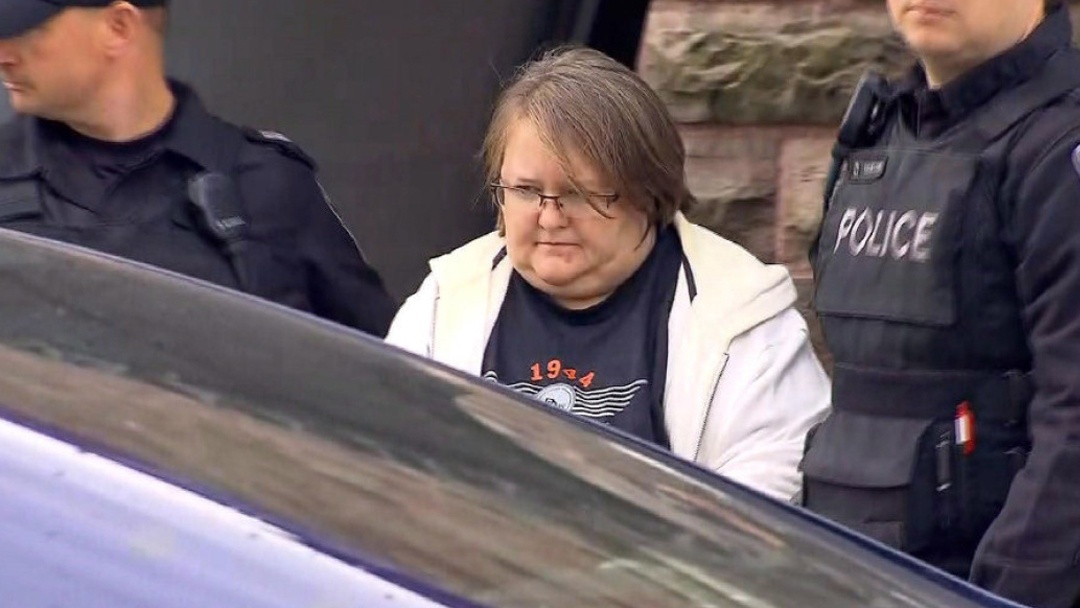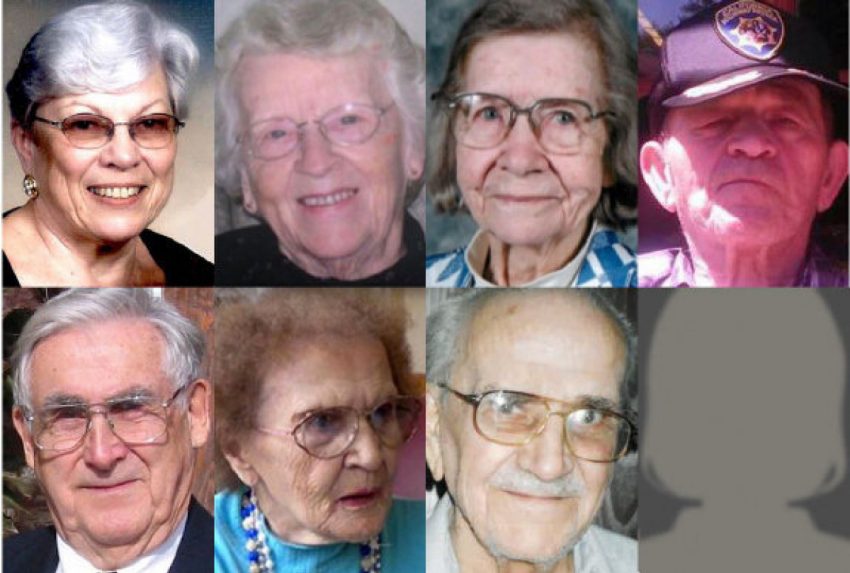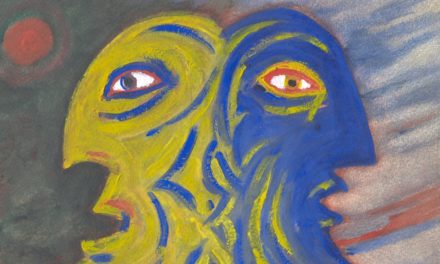She’s realizes this is “pretty major,” she says, and that in the past she’s only had parking tickets. “I’m so embarrassed,” she confides to the investigating officer.
But she isn’t referring to lifting a piece of jewelry from Macy’s. She’s admitting to being a serial killer, that’s what she’s embarrassed about. With good reason.
Elizabeth Wettlaufer, a geriatric nurse in Ontario, has confessed that over time she’s killed eight of her elderly patients, with overdoses of injected insulin. She seems about as far from the diabolical, self-congratulatory killer of the movies as you could get.
Think of the word “nurse” in our language and all its connotations, how we “nurse” someone back to health, or “nurse” someone through a difficult patch in their lives. Beyond the medical training and credential, it’s a meaningful verb, and it’s the opposite of killing.
Except that the nurse-serial killer is a very real phenomenon, if a rare one. It’s gradually been recognized now for decades: a certain, small percentage of doctors, nurses, or other care-givers will fight a losing battle against a sort of addiction, not entirely unlike compulsive gambling. The addiction of killing helpless patients, often at periodic intervals.
Some of the care-giver killers are already fighting other obvious demons, for example, drug abuse problems aren’t rare among convicted killers. But in general there isn’t much that separates them from the rank and file. If they have a record it’s likely to be penny-ante, such as exaggerating their credentials.

The annual death toll may be a great as from all other types of serial murder. So how do we unlock the secrets of this scary side of nursing? A first thrust might be a more sophisticated screening process, elaborate personality inventories that control for these tendencies. And better math, algorithms that quickly pick up anomalous death patterns, might at least keep the death tolls down.
Looking for behaviors right before and after the dramatic crimes holds less promise. Elizabeth would feel a building of a certain “pressure” in her chest, relieve it by calmly killing by injection, and then go home and play video games.














